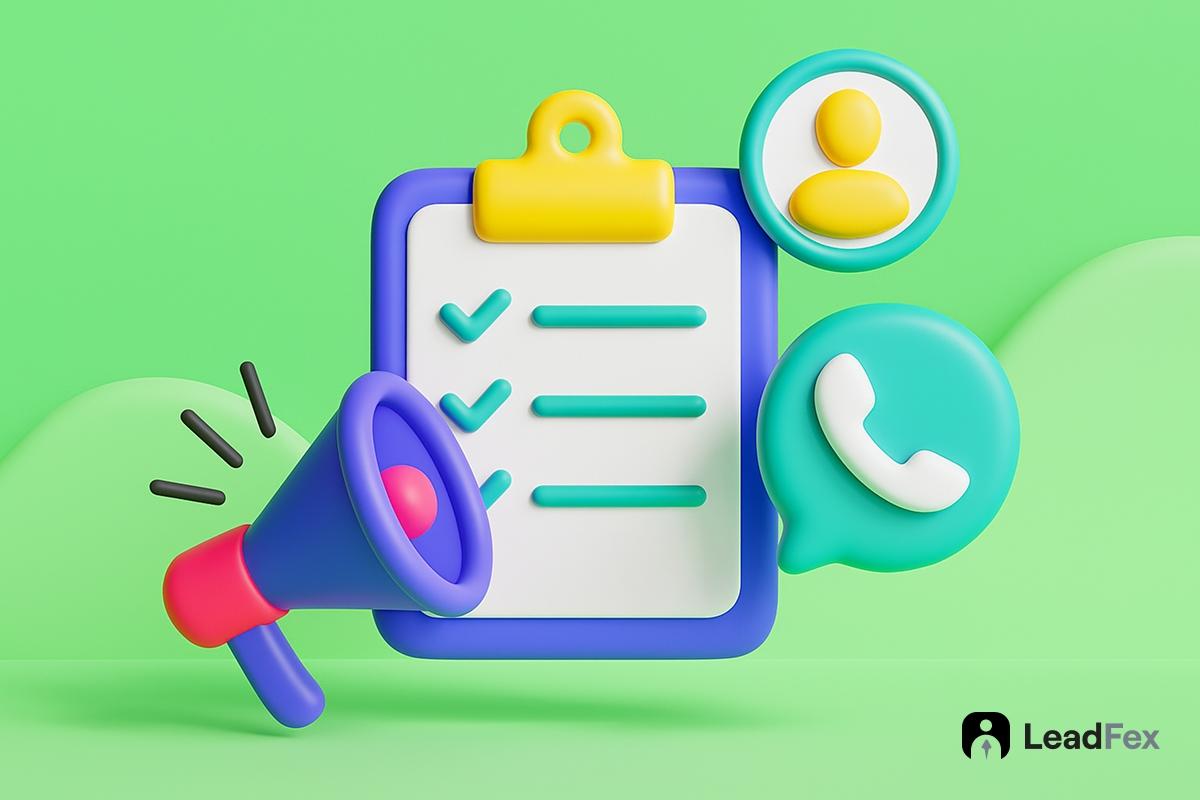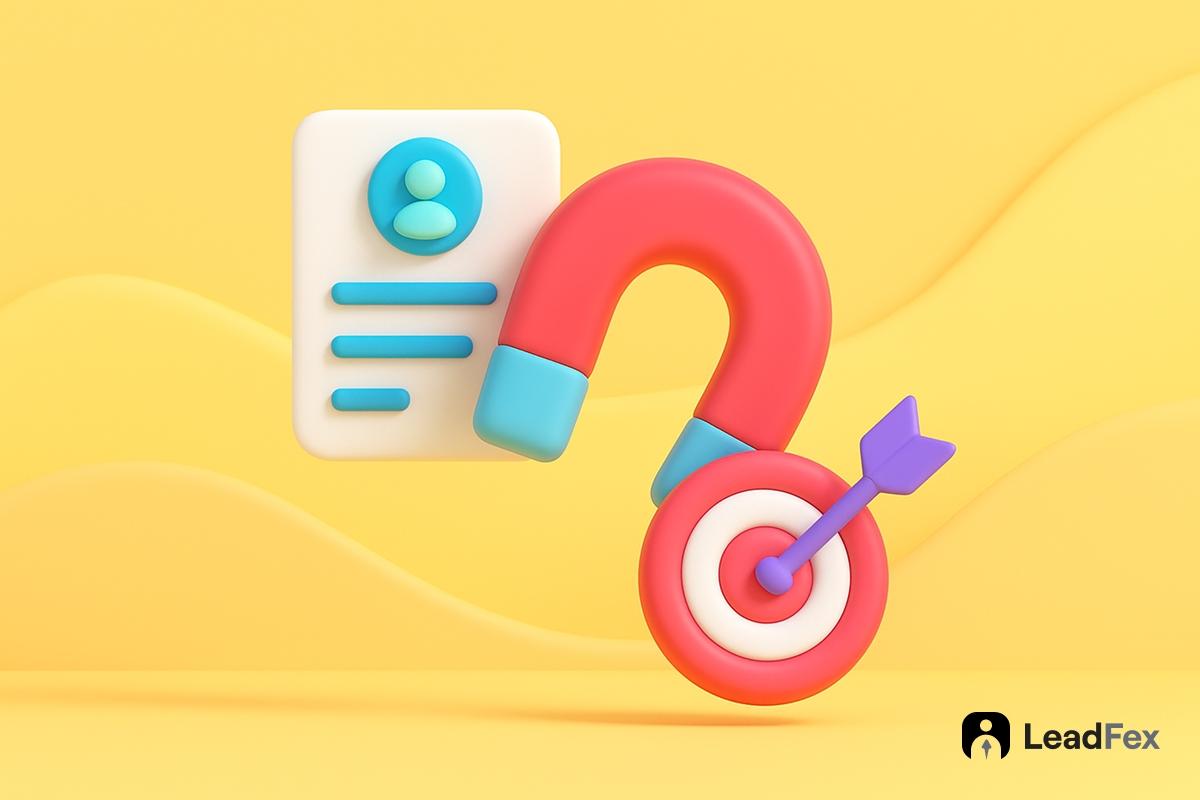
- 6 min read
- Email Marketing, Lead Generation
Are you looking to boost your business and consistently generate leads? Email marketing might be your secret weapon.
Imagine reaching your audience directly in their inbox, engaging them with tailored content, and turning potential customers into loyal clients. This powerful tool offers a personal touch that no other marketing method can match. Picture the satisfaction of seeing your subscriber list grow and knowing that each new lead could be your next big opportunity.
You’ll discover how to harness the full potential of email marketing to keep your lead generation engine running smoothly. Let’s dive into the strategies and tips that will help you maximize your results and achieve consistent growth.

Crafting Compelling Subject Lines
Subject lines are important in email marketing. They grab attention quickly. Short and clear lines work best. Use action words to make readers curious. Questions can make them think and open the email. Personalize the subject line with names or locations. This makes the reader feel special. Avoid spammy words like “free” or “discount”. These can send your email to junk folders. Test different subject lines. See which ones get more opens. This helps you learn what works. Always keep the subject line relevant to the email content.
Segmenting Your Audience
Sending the right message to the right people is crucial. Divide your audience into smaller groups based on shared traits. These traits can include age, location, or interests. Each group, or segment, should have unique content. This keeps them engaged and interested. Personalized emails have better open rates. People like content that speaks directly to them. For example, young adults might like trendy topics. Older people might prefer classic themes. Always respect your audience’s preferences. Use tools to track and manage your segments. This makes the process smooth and efficient.
Personalizing Email Content
Personalizing email content makes messages more interesting. Use the recipient’s name in the email. This grabs attention. Include special offers based on past purchases. Show you understand their needs. Make emails fun and friendly. Add stories or fun facts. People love to read engaging content. Keep messages short and clear. Busy people prefer easy reading. Ask questions in emails. This encourages replies. Interactions help build connections. Use images or colors. Visuals make emails look nice. A good design stands out. Personalization builds trust and relationships. Send emails at the right time. Timing matters. It increases chances for responses. Test different styles. Find what works best. Everyone likes feeling special.
Timing And Frequency Strategies
Sending emails at the right time is key. Many people check emails in the morning. Early hours can be the best for sending. Think about your audience’s daily routine. Weekdays often work better than weekends. Sending too often can annoy readers. But not enough can lose their interest. A good practice is to send once or twice a week. This keeps you in their mind without bothering them. Watch the results of your emails. Find out what time and day works best. Adjust your strategy based on this data. Keep it simple and regular. Your readers will appreciate it.
Utilizing Automation Tools
Email marketing gets easier with automation tools. These tools save time and effort. They send emails without human help. You can set them to send at special times. This way, emails reach people at the right moment.
Tools can also help with personalization. They use names in emails to make them feel special. This makes people more likely to read and respond. Automating emails means you can focus on other tasks.
It’s important to choose the right tool. Some tools are easy to use, others are not. Look for tools that match your needs. A good tool will help your business grow.
A/b Testing For Optimization
A/B testing helps find the best email strategy. It compares two versions of an email. One group gets version A, another gets version B. Results show which email works better. This method can test subject lines, images, or call-to-action buttons. Simple changes can make a big difference. Tests should be repeated to ensure accuracy. Results guide future email campaigns.
Testing helps understand what readers like. It helps improve engagement. More opens and clicks lead to better results. A/B testing is a key part of successful email marketing. It makes sure emails perform well. This approach ensures consistent lead generation.
Analyzing Performance Metrics
Check your email open rates. This shows how many people read your emails. Low open rates need better subject lines. Click-through rate (CTR) tells how many click links in emails. High CTR means your content is interesting. Low CTR needs better links or offers. Bounce rate measures undelivered emails. High bounce rates mean wrong emails or spam flags.
Track conversion rates too. This shows how many people do a desired action. It could be signing up or buying something. Good conversion rates mean your emails work well. Low rates need different tactics. Look at unsubscribe rates. High unsubscribes mean people don’t like your emails. Always aim for happy subscribers.
Frequently Asked Questions
How Can Email Marketing Generate Leads?
Email marketing generates leads by nurturing relationships with potential customers. It involves sending targeted content to engage and inform subscribers. By offering value through newsletters, promotions, and personalized messages, businesses can attract interest. This consistent engagement builds trust, encouraging subscribers to become leads and eventually loyal customers.
What Is The Best Email Marketing Strategy?
The best strategy focuses on segmentation and personalization. Tailor content to the specific needs and interests of different audience segments. Use analytics to refine campaigns and improve engagement. Consistently deliver valuable content that resonates with recipients, encouraging them to act and fostering long-term relationships.
How Often Should I Send Marketing Emails?
The frequency of marketing emails depends on your audience and goals. Generally, sending one to two emails per week is effective. Ensure content remains relevant and valuable to avoid overwhelming subscribers. Monitor engagement metrics to adjust frequency, ensuring optimal performance and maintaining subscriber interest.
Why Is Personalization Important In Email Marketing?
Personalization enhances engagement by making content relevant to individual subscribers. It involves using recipient names, tailoring messages, and addressing specific needs. Personalized emails increase open rates, foster connections, and drive conversions. This strategy improves customer experience, encouraging leads to interact and respond positively.
Conclusion
Email marketing can generate consistent leads for your business. Start with a clear strategy. Focus on understanding your audience. Craft engaging and relevant content. Personalize your emails to connect better. Regularly analyze your results for improvement. This method ensures steady growth and engagement.
Remember, building relationships takes time. Be patient and persistent. With consistent effort, email marketing becomes a powerful tool. Your business can thrive with this approach. Keep learning and adapting your strategies. Success in lead generation is within reach. Stay committed to your goals and watch your leads grow steadily.

